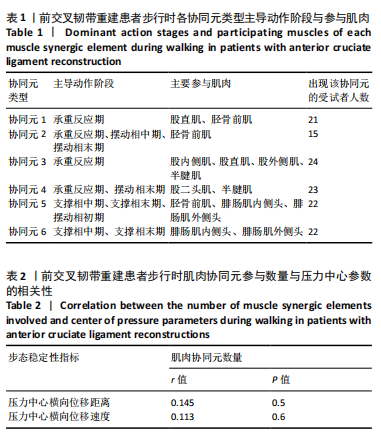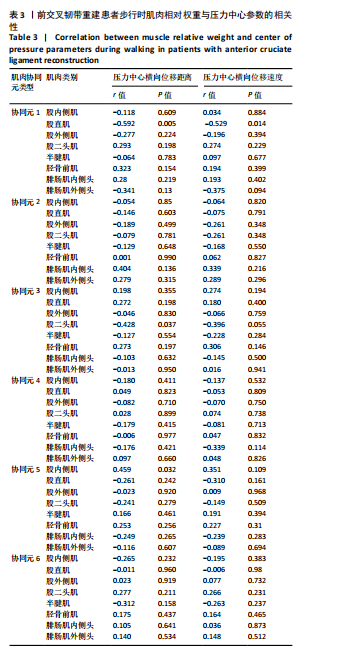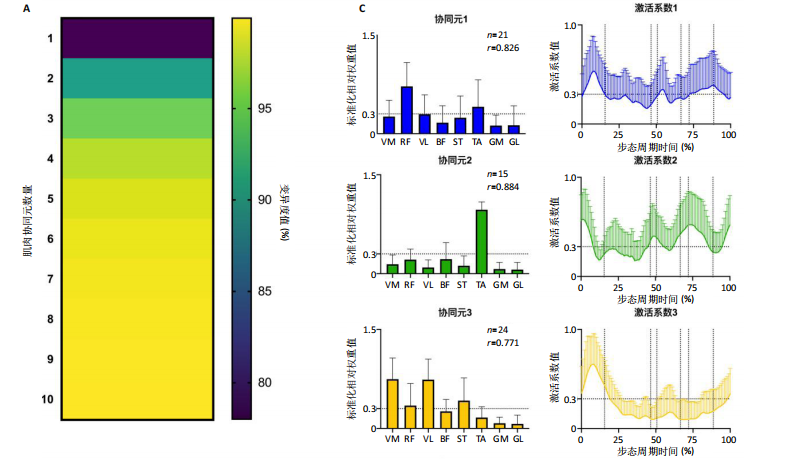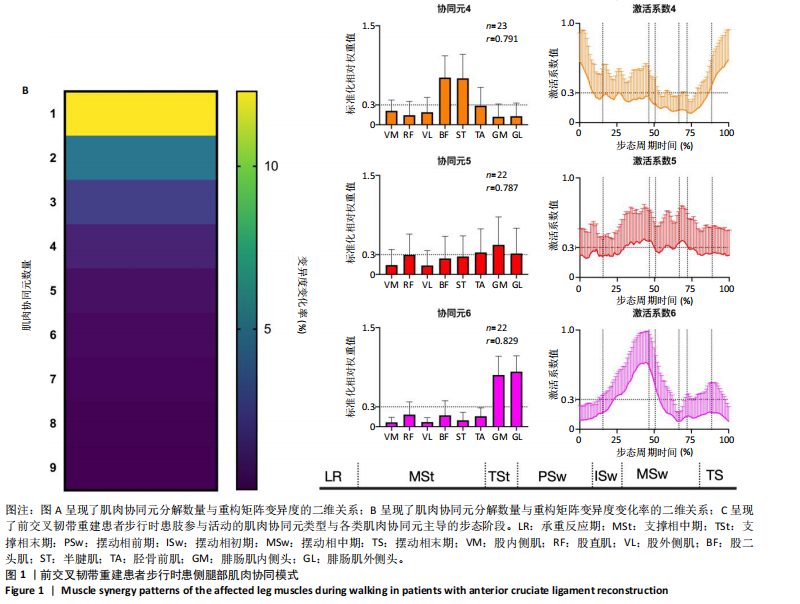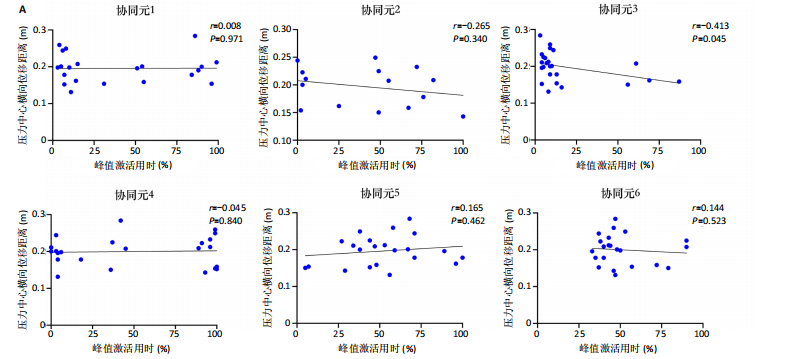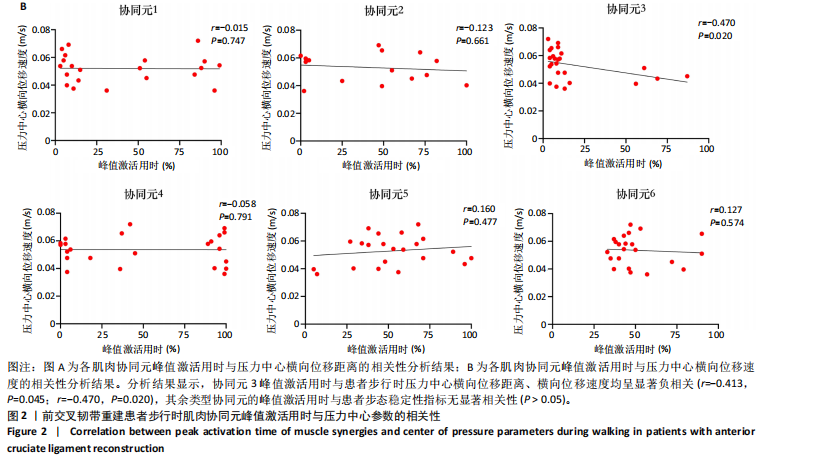|
[1] LU W, LIU D, CAI Z, et al. Protocol: Internal brace augmentation reconstruction versus standard anterior cruciate ligament reconstruction: a randomised controlled clinical trial study protocol. BMJ Open. 2023;13(12):e065254.
[2] DUONG TD, TRAN DT, DO BNT, et al. All-inside arthroscopic anterior cruciate ligament reconstruction with internal brace Ligament Augmentation using semitendinosus tendon autograft: A case series. Asia Pac J Sports Med Arthrosc Rehabil Technol. 2022;29:15-21.
[3] BLECHA K, NUELLE CW, SMITH PA, et al. Efficacy of prophylactic knee bracing in sports. J Knee Surg. 2022;35(3):242-248.
[4] LYNCH AD, CHMIELEWSKI T, BAILEY L, et al. Current concepts and controversies in rehabilitation after surgery for multiple ligament knee injury. Curr Rev Musculoskelet Med. 2017;10:328-345.
[5] OTZEL DM, CHOW JW, TILLMAN MD. Long-term deficits in quadriceps strength and activation following anterior cruciate ligament reconstruction. Phys Ther Sport. 2015;16(1):22-28.
[6] GARCIA SA, CURRAN MT, PALMIERI-SMITH RM. Longitudinal assessment of quadriceps muscle morphology before and after anterior cruciate ligament reconstruction and its associations with patient-reported outcomes. Sports Health. 2020;12(3):271-278.
[7] LEPLEY LK, DAVI SM, BURLAND JP, et al. Muscle atrophy after ACL injury: implications for clinical practice. Sports Health. 2020;12(6):579-586.
[8] TZAGARAKIS GN, TSIVGOULIS SD, PAPAGELOPOULOS PJ, et al. Influence of acute anterior cruciate ligament deficiency in gait variability. J Int Med Res. 2010;38(2):511-525.
[9] KARIMIJASHNI M, SARVESTANI FK, YOOSEFINEJAD AK. The effect of contralateral knee neuromuscular exercises on static and dynamic balance, knee function, and pain in athletes who underwent anterior cruciate ligament reconstruction: a single-blind randomized controlled trial. J Sport Rehabil. 2023;32(5):524-539.
[10] LEGNANI C, VENTURA A, MANGIAVINI L, et al. Management of medial femorotibial knee osteoarthritis in conjunction with anterior cruciate ligament deficiency: technical note and literature review. J Clinical Med. 2024;13(11):3143.
[11] CURADO J, HULET C, HARDY P, et al. Very long-term osteoarthritis rate after anterior cruciate ligament reconstruction: 182 cases with 22-year’follow-up. Orthop Traumatol Surg Res. 2020;106(3):459-463.
[12] SENORSKI EH, SUNDEMO D, SVANTESSON E, et al. Preoperative and intraoperative predictors of long-term acceptable knee function and osteoarthritis after anterior cruciate ligament reconstruction: an analysis based on 2 randomized controlled trials. Arthroscopy. 2019; 35(2):489-499.
[13] ADRAVANTI P, BUDHIPARAMA NC, BEREND KR, et al. ACL-deficient knee and unicompartmental OA: state of the art. J ISAKOS. 2017;2(3):162-170.
[14] HART JM, KO J WK, KONOLD T, et al. Sagittal plane knee joint moments following anterior cruciate ligament injury and reconstruction: a systematic review. Clin Biomech. 2010;25(4):277-283.
[15] SHARIFI M, SHIRAZI-ADL A, MAROUANE H. Computational stability of human knee joint at early stance in Gait: Effects of muscle coactivity and anterior cruciate ligament deficiency. J Biomech. 2017;63:110-116.
[16] SHIRAZI-ADL A, SHARIFI M. Knee flexion angle and muscle activations control the stability of an anterior cruciate ligament deficient joint in gait. J Biomech. 2021;117:110258.
[17] VERNOOIJ CA, GUILLAUME R, ERIC B, et al. The effect of aging on muscular dynamics underlying movement modes changes. Front Aging Neurosci. 2016;8(12):309-321.
[18] HOOPER DM, MORRISSEY MC, DRECHSLER WI, et al. Gait analysis 6 and 12 months after anterior cruciate ligament reconstruction surgery. Clin Orthop Relat Res. 2002;10(403):168-178.
[19] AN EGMOND N, STOLWIJK N, VAN HEERWAARDEN R, et al. Gait analysis before and after corrective osteotomy in patients with knee osteoarthritis and a valgus deformity. Knee Surg Sports Traumatol Arthrosc. 2017;25(9):2904-2913.
[20] HATAMZADEH M, HASSANNEJAD R, SHARIFNEZHAD A. A new method of diagnosing athlete’s anterior cruciate ligament health status using surface electromyography and deep convolutional neural network. Biocybern Biomed Eng. 2019;40(1):65-76.
[21] VISSCHER RMS, SANSGIRI S, FRESLIER M, et al. Towards validation and standardization of automatic gait event identification algorithms for use in paediatric pathological populations. Gait Posture. 2021;86:64-69.
[22] 畠中泰彦.姿势•动作•步态分析[M].北京:北京科学技术出版社,2021:21-23.
[23] 魏梦力,钟亚平,周易文,等.单侧前交叉韧带重建患者步行双侧下肢肌肉协同模式差异[J].中国康复理论与实践,2024,30(1):95-104.
[24] DUTTA A, KHATTAR B, BANERJEE A. Nonlinear analysis of electromyogram following gait training with myoelectrically triggered neuromuscular electrical stimulation in stroke survivors. Eurasip J Adv Sig Pr. 2012;2012(1):153-161.
[25] KOBLBAUER IF, VAN KS, VERHAGEN EA, et al. Kinematic changes during running-induced fatigue and relations with core endurance in novice runners. J Sci Med Sport. 2014;17(4):419-424.
[26] LEE DD, SEUNG HS. Learning the parts of objects by non-negative matrix factorization. Nature. 1999;401(675):788-791.
[27] ALLEN JL, KESAR TM, TING LH. Motor module generalization across balance and walking is impaired after stroke. J Neurophysiol. 2019; 122(1):277-289.
[28] ROH J, RYMER WZ, BEER RF. Robustness of muscle synergies underlying three-dimensional force generation at the hand in involved humans. J Neurophysiol. 2012;107(8):2123-2142.
[29] BANKS CL, PAI MM, MCGUIRK TE, et al. Methodological Choices in Muscle Synergy Analysis Impact Differentiation of Physiological Characteristics Following Stroke. Front Comput Neurosci. 2017;11:1-12.
[30] LI ZHICAI, ZHAO XINYU, WANG ZIYAO, et al. A hierarchical classification of gestures under two force levels based on muscle synergy. Biomed Signal Process Control. 2022;77:1-13.
[31] YOKOYAMA H, OGAWA T, KAWASHIMA N, et al. Distinct sets of locomotor modules control the speed and modes of human locomotion. Sci Rep. 2016;6(1):1-14.
[32] KIM M, KIM Y, KIM H, et al. Specific muscle synergies in national elite female ice hockey players in response to unexpected external perturbation. J Sports Sci. 2018;36(3):319-325.
[33] 熊启亮.婴幼儿膝爬运动功能发育状态对肌肉收缩及关节运动协同模式的影响[D].重庆:重庆大学,2019:45-46.
[34] HAJILOO B, ANBARIAN M, ESTAEILI H, et al. The effects of fatigue on synergy of selected lower limb muscles during running. J Biomech. 2020;103(4):1-6.
[35] STEELE KM, ROZUMALSKI A, SCHWARTZ MH. Muscle synergies and complexity of neuromuscular control during gait in cerebral palsy. Dev Med Child Neurol. 2016;57(12):1176-1182.
[36] SHAHARUDIN S, AGRAWAL S. Muscle synergies during incremental rowing VO2max test of collegiate rowers and untrained subjects. Br J Sports Med. 2015;56(9):980-989.
[37] BERCHUCK M, ANDRIACCHI TP, BACH BR, et al. Gait adaptations by patients who have a deficient anterior cruciate ligament. J Bone Joint Surg Am. 1990;2(6):871-877.
[38] SAITO A, TOMITA A, ANDO R, et al. Muscle synergies are consistent across level and uphill treadmill running. Sci Rep. 2018;8(1):1-10.
[39] GILANI K., MOHAMMADIPOUR F, AMIRSEYFADDINI M. Comparison of maximum angles of knee varus and flexion in the stance phase of walking on a treadmill with different inclinations between female athletes with genu valgum and healthy knees. J Res Rehabil Sci. 2020; 16(1):142-150.
|
